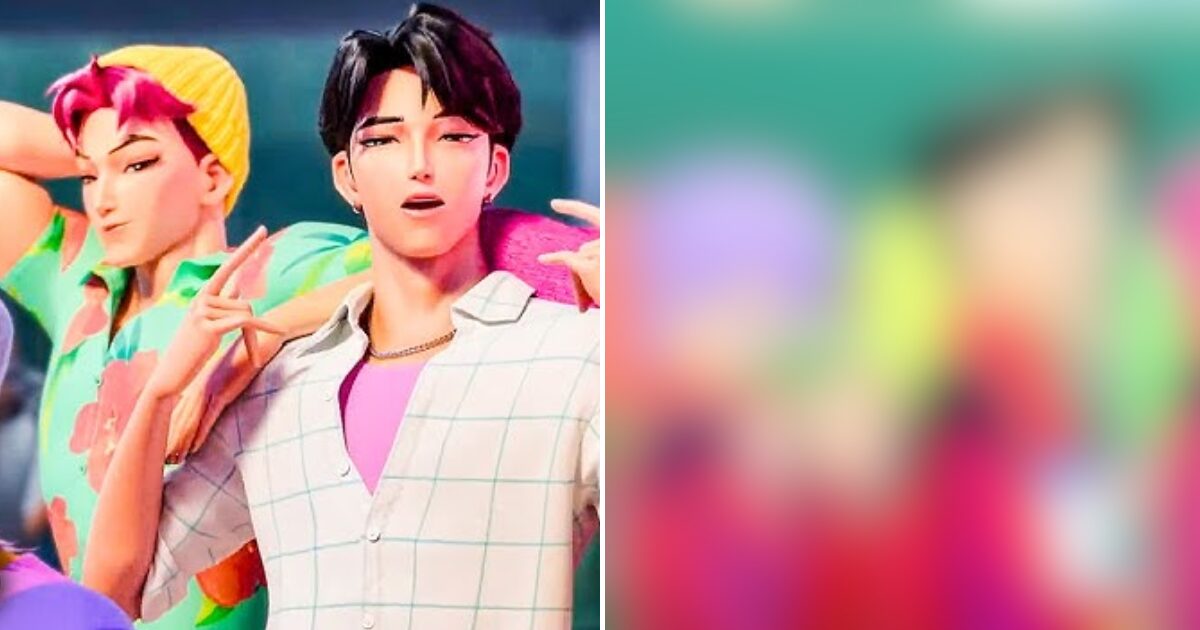Shamanism has become a prominent theme in Korean media, reflecting a cultural shift in how shamans are perceived. Shows like Shindillin Yeonae and the concept of MZ Shaman are leading this transformation. They showcase a narrative that embraces the mystique of shamans instead of shunning it.
The Cultural Shift in Shamanism
Historically, shamans in Korea faced skepticism and negativity. However, since the era of Legend of the Hometown, a notable change has occurred. This shift has opened the door for a new wave of shamanistic narratives in dramas and films. These narratives emphasize themes of healing and redemption, appealing to contemporary audiences.
Rise of the MZ Shaman
The term MZ Shaman has gained popularity, especially with characters like Hwa-rim from the film Pamyo. This modern interpretation of shamans resonates with the MZ generation. They seek relatable figures who embody wisdom and address contemporary challenges. The MZ Shaman reflects a blend of tradition and modernity, making shamanism relevant today.
K-Pop Demon Hunters: A New Genre
The release of K-Pop Demon Hunters on Netflix represents a significant milestone in this cultural evolution. The series features the girl group Huntress, portrayed as shamans battling evil spirits. This innovative blend of K-pop and shamanism shows how traditional practices can be reimagined for a modern audience. It appeals to younger viewers while preserving cultural roots.
Premiere of Gyeonwoo and Seonnyeo
Another important release is the romantic drama Gyeonwoo and Seonnyeo, which premiered on tvN. The show features Gyeonwoo (played by Choo Young-woo) and Seong-a (played by Jo Yi-hyun). Their storyline intertwines love and shamanistic practices, reflecting a rising interest in emotional challenges and mental well-being. Featuring a shaman as the main character highlights the importance of these themes in contemporary storytelling.
Themes of Healing and Redemption
Central to these narratives is the theme of healing and redemption. The stories often discuss mental health concerns, such as depression and suicidal thoughts, through the lens of shamanism. This exploration offers a unique perspective on how shamans can provide psychological support and comfort to those in need. These narratives resonate with audiences seeking emotional healing.
Audience Connection
The modern portrayal of shamans as compassionate figures resonates deeply with audiences. Viewers today seek emotional support and connection. Shamanic narratives in contemporary media provide a source of solace. As this trend continues, it highlights the significant role shamans play in the cultural landscape of Korea.
In conclusion, the evolving representation of shamans in media reflects a cultural shift. It addresses the increasing need for emotional healing in society. As we move forward into 2025, it will be intriguing to see how these narratives continue to develop and impact audiences. The rise of the MZ Shaman and shows like Shindillin Yeonae and K-Pop Demon Hunters exemplify this fascinating transformation.
This article has been written by Kpopmap AI writer and while we have made efforts to ensure the accuracy of the article, there may be errors or inaccuracies.
 5 hours ago
4
5 hours ago
4



















 English (US) ·
English (US) ·